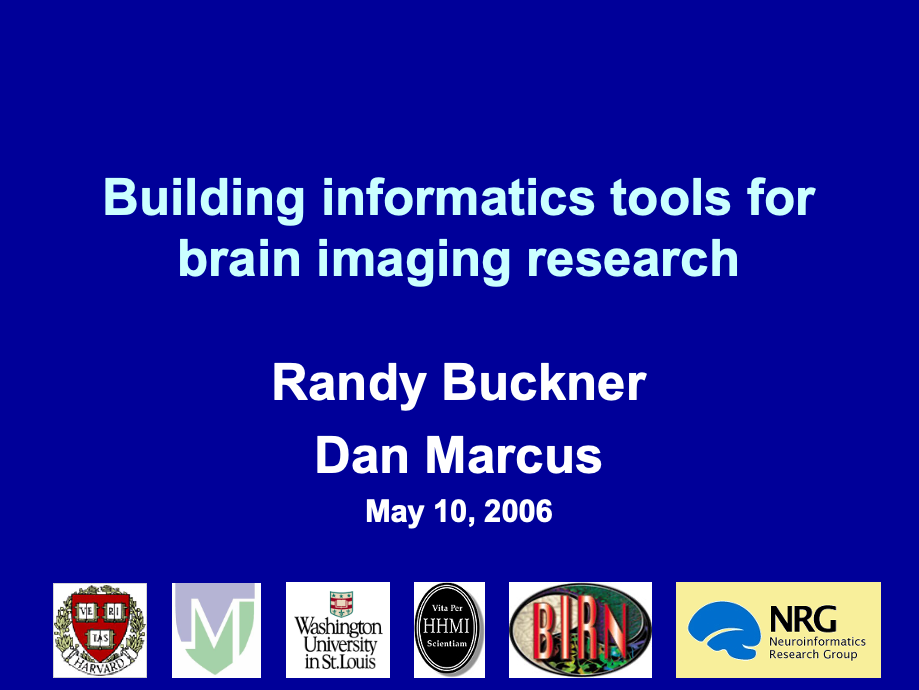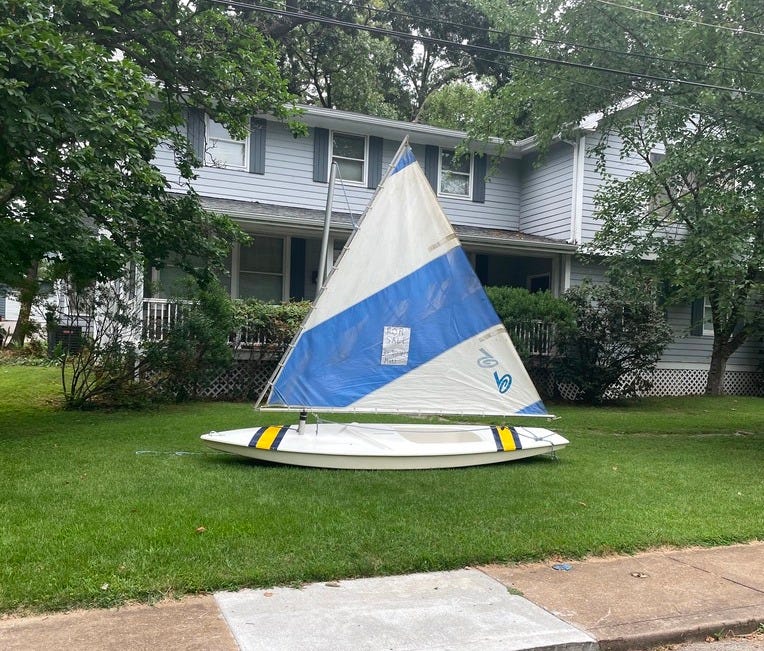XNAT Today, Part 1
You can go back home
(Musical accompaniment: Waxahatchee)
At the beginning of 2025, XNAT returned to its longtime home base at WashU after spending the three previous years embedded within Flywheel. I’ll be writing more about our time at Flywheel in future posts, but one of the reasons we joined Flywheel was the access it provided to resources beyond our grant-funded baseline. In addition to the accelerated XNAT development those resources enabled, the team had the opportunity to work on joint development projects with many deeply committed and talented folks across the global Flywheel team. But over time, we became increasingly aware that the open source XNAT program itself is best served in an environment more focused on the project’s core open science mission. WashU has been an extraordinary host since the project’s inception so we’re thrilled to be back.
What does returning to its roots mean for XNAT?
More effective grant strategy. XNAT has benefitted from 20 years of continuous NIH support. Keeping it going has meant maintaining a diverse portfolio of grants using multiple funding mechanism from multiple institutes, including NIBIB, NCI, NINDS, NIMH, NIA, and others. We’ve also benefitted from foundation support – XNAT in fact wouldn’t exist were it not for initial funding from the Howard Hughes Medical Institute – and the University’s largesse. It’s a whole lot easier managing that portfolio under a single organization where the aims, personnel, and timelines can be managed across the various components. Also, WashU maintains thousands of grants and is a grant management machine. My dear colleague Ebony Smith has chaperoned the XNAT grant portfolio for over a decade and steers the machinery better than anyone.
More effective community engagement. We’re unencumbered by commercial objectives that have the potential to create misalignment with the community. There will still be commercial XNAT initiatives but maintaining XNAT’s core function within an academic setting helps to maintain alignment with the community.
More effective long-term thinking. As far as I know, WashU isn’t planning to IPO any time soon and no one’s planning to acquire it, especially now, and it probably won’t go bankrupt. So even though academia is freefalling into a bottomless pit of its own making, it still feels like a reasonably safe harbor for building and executing a strategy to sustain XNAT as a long term community asset. And here’s hoping academia gets its shit together.
More effective partnerships. We’ve built partnerships in academia, government, and industry since the earliest days of XNAT. Here’s the title slide of the first XNAT talk I gave, at the Harvard Institute for Innovative Computing, which shows some of the partners already involved in the project.
That list has evolved over the years but has been a key source of tools, ideas, inspiration, scientific direction, friendship, and occasional (mostly) good-natured rivalries. These sorts of partnerships are easier to justify and maintain in our academic home.
I’ll be digging into each of these points in more detail in upcoming posts. For now, I’ll wrap by noting that in the 9 months since our return to WashU, the pace of releases has increased, responses on the discussion group are more timely and more in depth, new partnerships have been forged, new projects have launched, and, amidst the chaos, I’m feeling remarkably chill, contemplating buying this little boat that Matt down the street is selling. I need it right?

